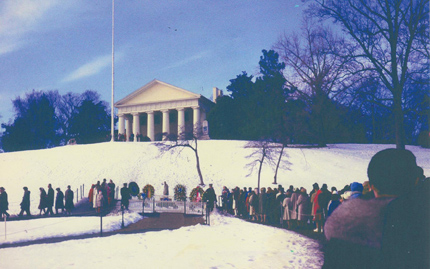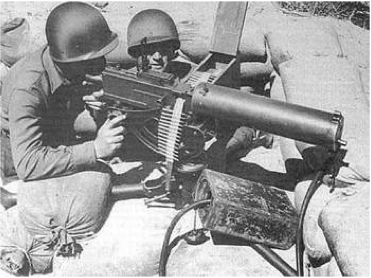As millions crowd our airports for the traditional Thanksgiving trek home over the river and through the woods, the tension mounts at the thought of long lines, insufferable crowds, and the dreaded delays that inevitably await the weary and wary traveler.
Gloom is cast before the holiday even begins.
But for the Post-War population, the new air travel was a breeze.
For the modern mid-century family, the notion of flying home for the holidays was a novelty and a grand experience at that.
“Over the River and Over the woods. To grandmothers house we go,” this 1951 TWA ad announces gaily.
The gleeful modern family fairly bursting with pep and anticipation couldn’t wait to board their flight to visit Grandma. Why let old-fashioned distance keep a family apart?
“There’s a new road now to an old tradition. It’s the TWA high way home for Thanksgiving. And what a blessing it is to families separated by too many rivers and too many woods….and so many years!”“If you’ve let distance and lack of time keep you away too long, try traveling this high way. Find out how TWA can make it very near to someone dear- for even an ocean apart is only hours apart…by skyliner!”
TWA went out of their way to make flying a family affair! Flying was no longer just for Dad and his business trips. Once the airline, started their Family Budget Plan, “…parents have had cause to cheer'” boasts TWA in this 1949 ad. “for now they can take the whole family by air at down to earth prices.”
By traveling on a Monday Tuesday or Wednesday, they could save substantially. “As head of the family,” they explain “Dad pays full fare. Mother and the children under 22 go for only half fare each”…and best of all crying infants and toddlers under 2 could fly free of charge!
Tempting you further, TWA promises, “The flight is a delight, the service supreme, with delicious hot meals served free. Best of all…and oh how mother loves this!…you’re there long before the kids start to fuss or fidget!”
“Snowtime’s no time to give up flying! Vintage American Airlines Ad 1950
Compare the cheery disposition of Mr. and Mrs. Modern who have chosen the up -to-date way to travel to visit Grandmother with their neighbors, Mr. and Mrs. Outdated who chose the more antiquated mode of travel- their automobile.
Hampered by a snow storm they are unable to dig out in time for the turkey. Mrs. Outdated, with visions of stuffing and cranberries dancing in her head, looks longingly at the speeding plane in the sky, carrying the wise Moderns to the destination.
Vintage ad American Airlines 1949
“Don’t Give Up- Go Up,” declared American Airlines in this 1949 advertisement , touting the benefits and wonders of the new air travel that most post-war families had yet to experience.
“Air Travel- and only air travel can often make the difference between the accessible and the impossible. This is especially true during the holidays when the earthbound are frequently snowbound. Hence, wise travelers plan to go by air.”
“Also, air travel is little affected by the challenge of distance and time. The miles on the map lose their menace- the hands of the clock become friend instead of foe when you use this modern means of transportation.”
“So when holiday travel plans seem likely to get ‘bogged down’ don’t give up- go up.”














